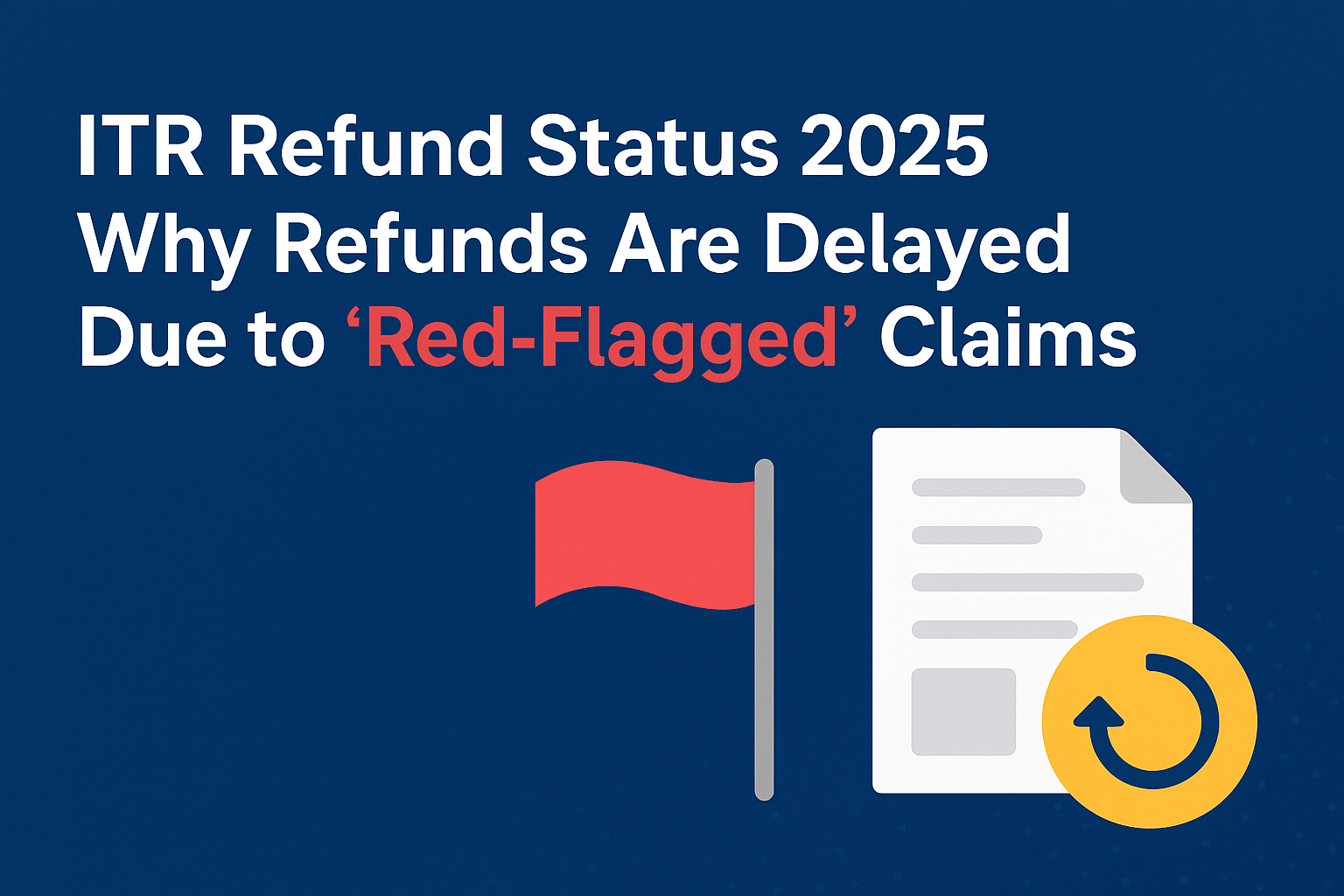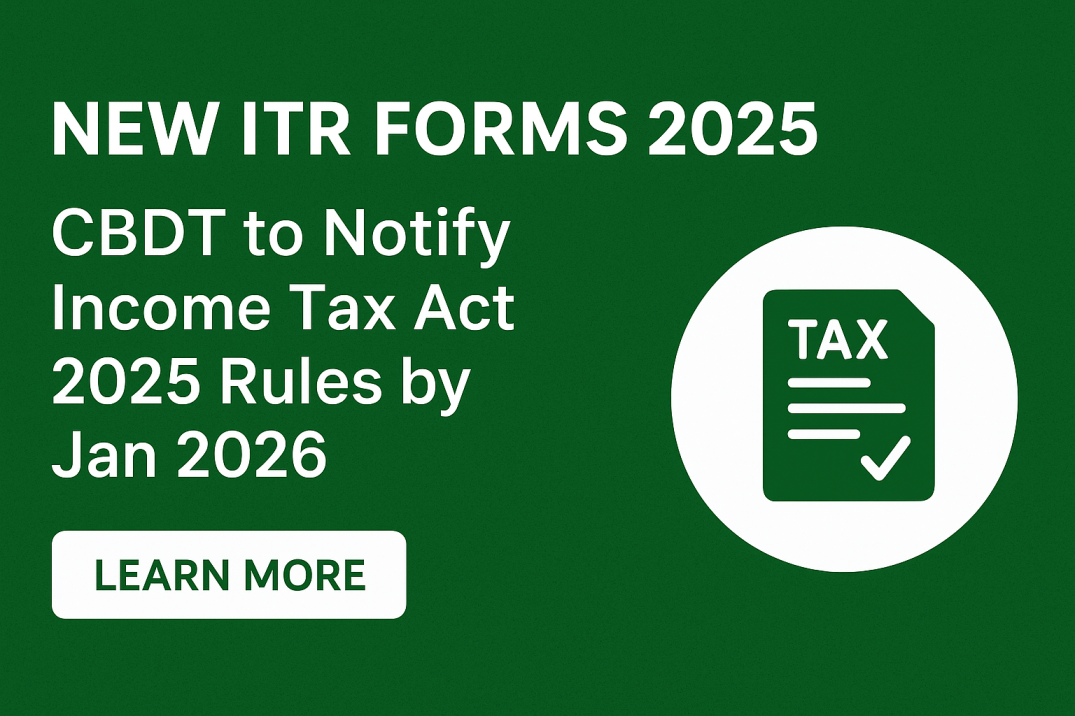The Complete guide to Income Tax and E-Filing in India
Income tax plays a very important role in the financial planning that individuals and businesses do. The filing of taxes has been more straightforward and is being done electronically these days to keep abreast with technology. In this guide, we will cover in detail the income tax return filing and e filing for income tax (e-filing income-tax), as well as other related processes.
Understanding Income Tax
Income tax is the direct taxation of the income earned by individuals, businesses, and other entities; this tax is levied by the government. The tax is divided into different tax slabs based on the levels of income. The revenue received from the tax is used for the betterment of the nation such as infrastructure, healthcare, and education.
What is E-Filing of Income Tax?
E-filing your taxes means submitting your income tax returns electronically on the official government portal or through the approved tax-filing platforms. This technology-driven process simplifies the tax filing process and lessens the reliance on physical paperwork therefore fulfils the need to go green.
Benefits of E-Tax Filing
- Convenience: E tax filing income tax can be done from anywhere, anytime.
- Speed: The process is immediately over, and the returning is expeditiously done.
- Accuracy: Keeping errors to a minimum is the responsibility of the automation thus it ensures human errors are minimized.
- Security: The use of digital verification is a high guarantee of safe transactions.
- Paperless Process: It is both eco-friendly and reduces storage-related issues.
Process to E-File Indian Income Tax
The process of e filing Indian income tax includes several steps, the first of which are enumerated here:
Step 1: Register on the Income Tax Portal
Initially, you have to go to the e-filing website of the Income Tax Department and then register using your PAN (Permanent Account Number), Aadhaar number, and other details.
Step 2: Collect Essential Documents
In the first place, get the relevant documents ready like so:
- PAN Card
- Aadhaar Card
- Form 16 (for salaried individuals)
- Form 26AS (Tax Credit Statement)
- Bank Statements
- Investment Proofs
Step 3: Choose the Right ITR Form
As per the category of the taxpayer, different Income Tax Return (ITR) forms are available. For example:
ITR-1 for salaried individuals.
ITR-3 for business income.
ITR-4 for presumptive income.
Step 4: Fill in the Details Online
After login to the portal, you can mention your income sources, deductions, and exemptions, if allowed under the tax laws in the applicable ITR.
Step 5: Verify Your Tax Computation
The tax portal has a calculator that let you check the accuracy of the calculated tax amount prior to submission.
Step 6: Upload and Submit the Return
Once the data is turned in, dispatch the income tax return online.
Step 7: E-Verify the Return
To finish up the process, make use of an e-invoice facility such as Aadhaar OTP, net banking or physical verification where ITR-V form is signed and sent to the CPC office.

Why File An Income Tax Return
Filing of Income Tax Return not only is the legal requirement but also many benefits are there:
- Entitled for Loans and Credit Cards: For the approval of loans, the banks are always asking for the ITR form.
- Refunds Claim: If a person paid more tax than his/her liability, then he/she can file a return to claim the tax amount from the department.
- Avoiding Penalties: Income Tax Department can impose a penalty for the late filing of a return.
- Immigration Visa: Many overseas countries necessitate the ITR document for the issuance of visas.
Common mistakes to avoid in E-filing
When you are in the process of filing income-tax returns in India through e-filing, be aware of these common mistakes:
- Incorrect Personal Information– PAN, Aadhaar, and bank details should be cross-verified for correctness.
- Wrong Selection of ITR Form: An improper form may cause difficulty in the process.
- Mismatch of Income Details: Test the accuracy of the income details with Form 16 and Form 26AS.
- Skipping Deductions: Make use of the deductions that are applicable under sections 80C, 80D, etc.
- Not Verifying the Return: The process remains unfinished even without e-verification.
Conclusion
The introduction of digital platforms in India has made the process of filing income tax e-filing quick, easy, and comfortable for a taxpayer. By adopting the right ways and preventing common mistakes, taxpayers can have a very comfortable and error-free experience in filing their taxes, whether it is an income tax AGI filing, tax filing service income tax, or an income tax return. Moreover, the right execution of tax compliance will lead to a better understanding and effective utilization of the tax system.
In today’s world, not only compliance with tax laws and no friction with tax authorities are the benefits of timely tax payments, it also gives you an edge in obtaining financial aid opportunities. You are, however, encouraged to initiate your income tax e-filing if you have not yet. Get started.






